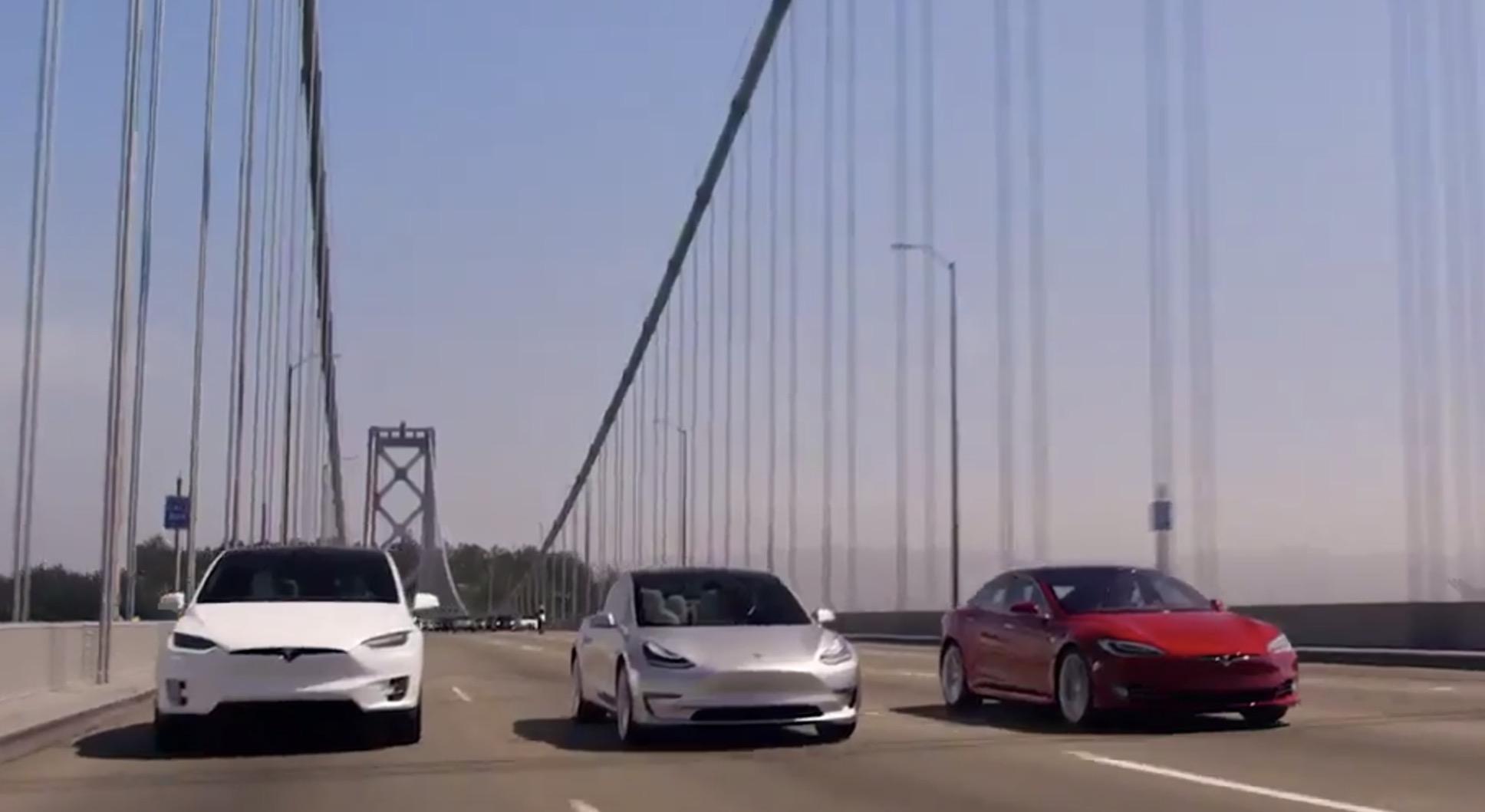insaneoctane
Well-Known Member
I'd like to recommend this as a post of particular merit.Good point. However the other issue with your projection of QoQ decline is relying upon data from just four countries that happen to do daily registration updates as being precisely representative of the entire continent. With data so granular there’s a lot of room for logistics lumpiness to skew the overall trend.
We do know that Giga Berlin is producing cars at a higher rate than ever in Q1 and Giga Shanghai is still cranking out cars at full speed. So what’s your explanation of that? Are the cars from these two factories that are allocated to Europe not going to get sold?
Tesla did not experience a “small improvement in demand” after the price drops, unless you’re asserting that management is flat-out lying to shareholders. Listen to the comments on the Q4 earnings call and Investor Day. Look at how prospective customers stampeded Tesla showrooms and the spike in Google search interest too. Orders exploded after the price drop and now are far in excess of the production rate. In response, Tesla started tweaking the prices back up.
For example:
Elon Musk: “The most common question we've been getting from investors is about demand. Thus far -- so I want to put that concern to rest. Thus far in January, we've seen the strongest orders year-to-date than ever in our history. We currently are seeing orders at almost twice the rate of production. So I mean, that -- it's hard to say whether that will continue twice the rate of production, but the orders are high. And we've actually raised the Model Y price a little bit in response to that. So we think demand will be good despite probably a contraction in the automotive market as a whole. So basically, price really matters. I think there's just a vast number of people that want to buy a Tesla car but can't afford it.”
Tom Zhu: “…earlier this year we had a price adjustment. After that we generated huge demand, more than we can produce, really, and as Elon said, as long as you’re offering a product value at an affordable price you don’t have to worry about demand.”
Elon Musk: “The desire for people to own a Tesla is extremely high. The limiting factor is their ability to pay for a Tesla, not do they want a Tesla…For the vast majority of people it is affordability-driven…One of the things we weren’t sure about was the price elasticity of demand for Teslas. So, like, as we lower the price how much does demand increase? And we found that even small changes in the price have a big effect on demand. Very big. So that was a good thing to learn. … I mean, demand for our vehicles in terms of desire to own them may as well be infinite; it’s indistinguishable from infinite at this point…So as you make the car more affordable, we’ll have demand go crazy basically. … I cannot emphasize enough, the hard part is building the cars.”




